Utopian Topographies
I was recently invited to deliver a guest lecture at the City Literary Institute in London as part of their evening lecture programme, titled “Mapping Imaginary Topographies and Times: Literary Utopias from the Renaissance to the Present.” Since I’m currently writing a chapter on “Utopia and Science Fiction” for the Palgrave Handbook of Utopian and Dystopian Literature (ed. Jennifer Wagner-Lawlor, Fátima Vieira and Peter Marks, forthcoming 2018) I thought I’d take the opportunity to introduce students to the literary utopia and sketch out key moments in its development, including: the genre’s origins in Renaissance island-utopias, the subterranean worlds of late nineteenth-century hollow-earth utopias, euchronias (utopias set in the future) of evolutionary progress and scientific management, Martian utopias, critical utopias of the 1970s, and contemporary post-apocalyptic and disaster fictions (particularly flood fictions) that privilege the utopian impulse despite their narratives of catastrophe.
As part of my broader current research into science fiction and utopian narratives of what I’m calling “extreme environments” (such as Mars, Antarctica, the deep sea, the hollow earth), I focussed the lecture around the question of how particular locations and settings have inspired literary utopias; as well as the common political features of these ideal societies and how they critique the socio-political conditions of their own times.
Click here to listen to a recording of the talk:
Below are the PowerPoint slides which accompanied the plenary, or click here to download:

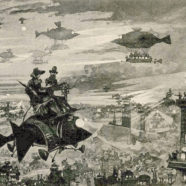





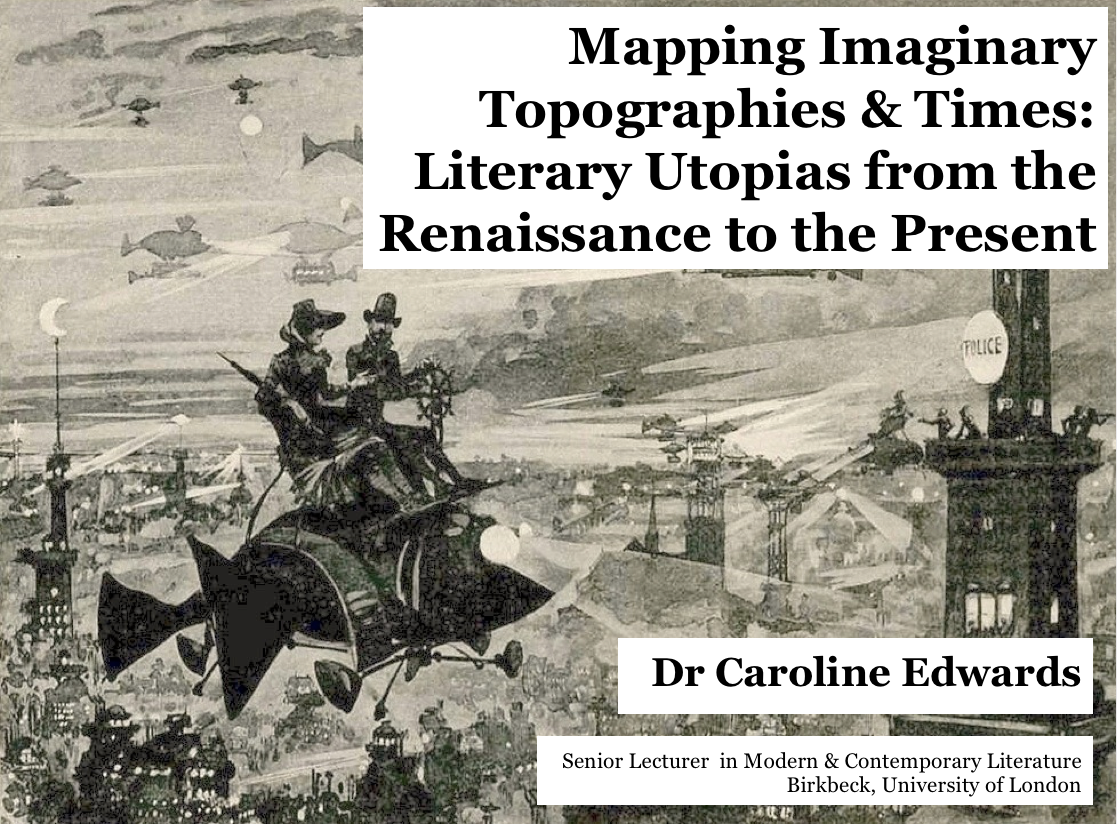
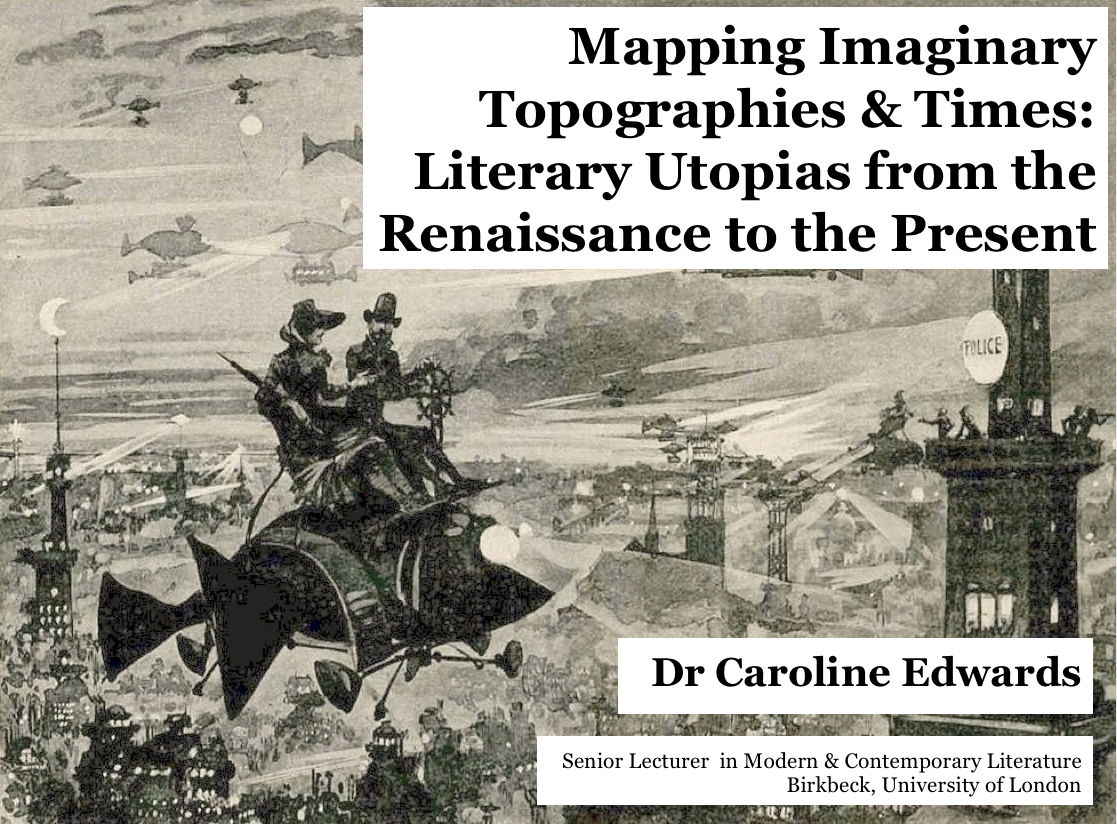
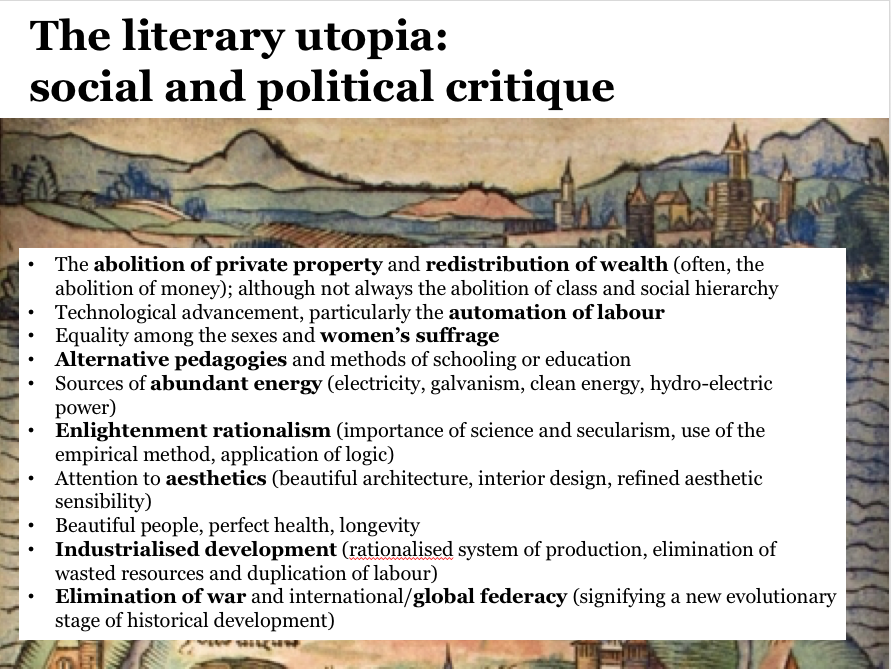
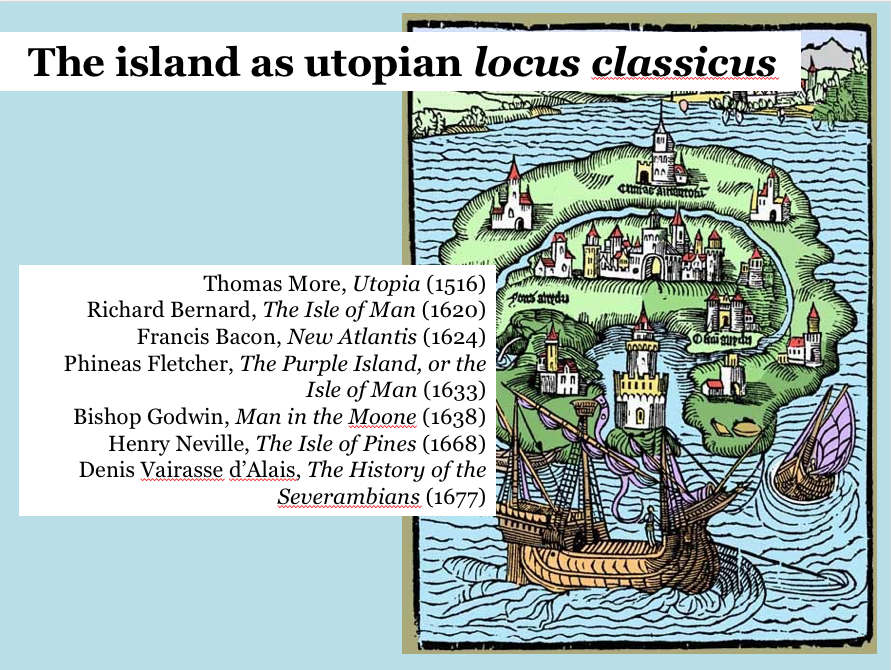
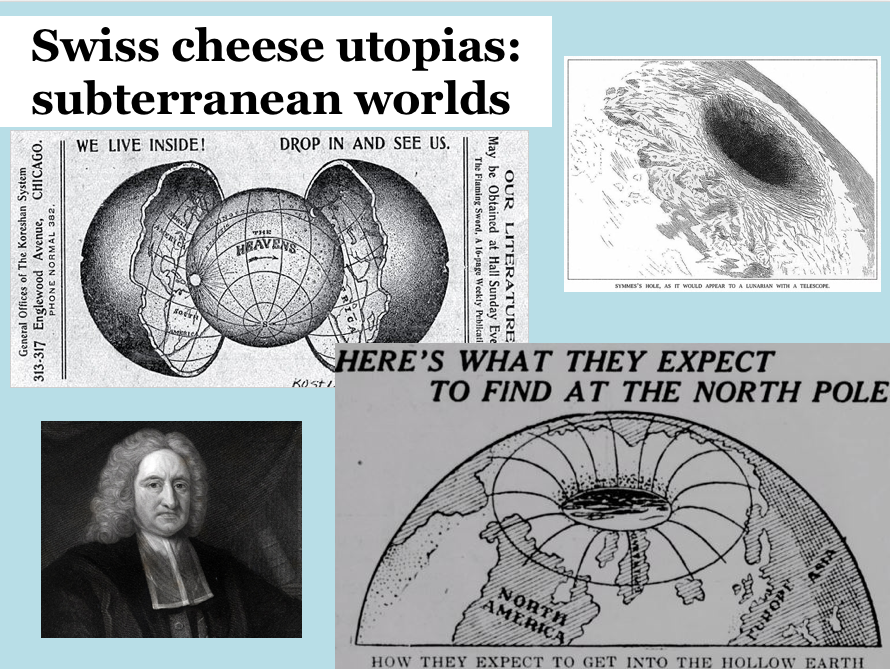
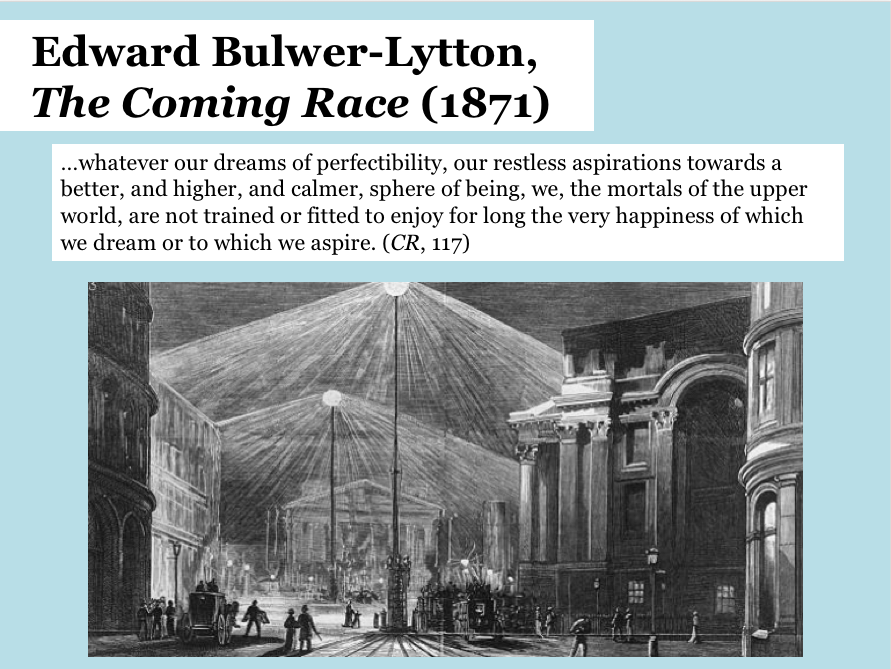
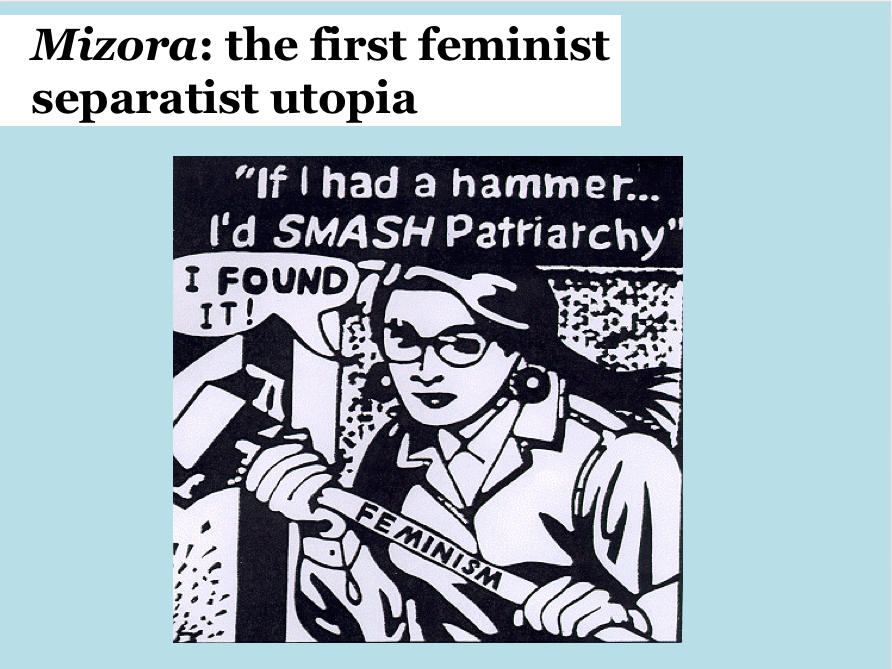
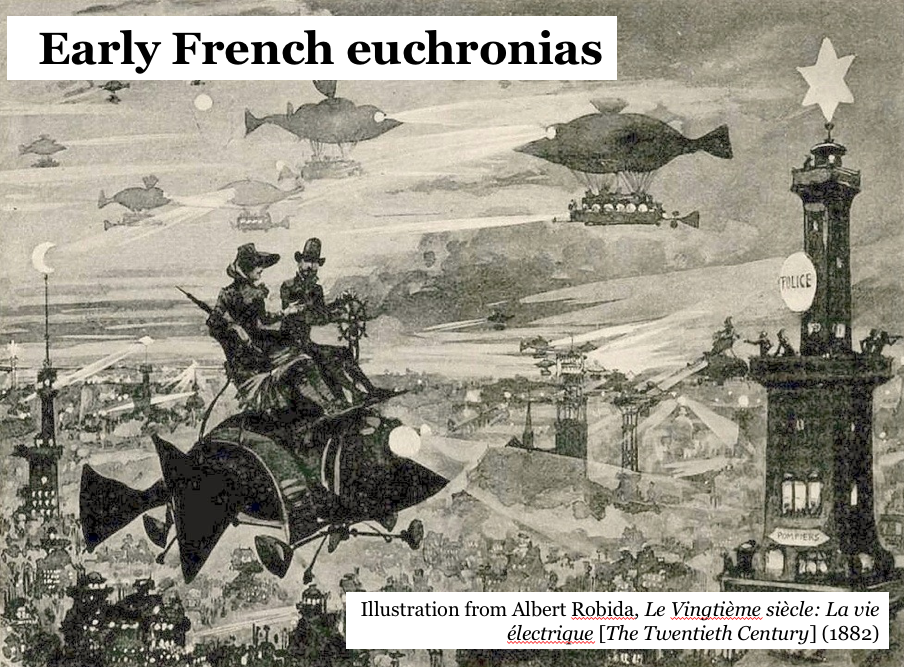
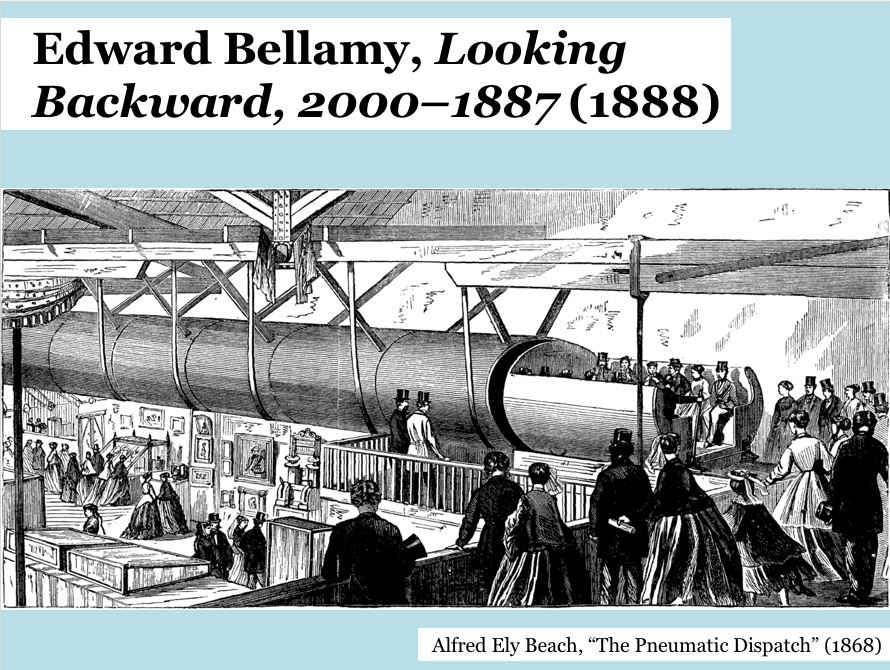
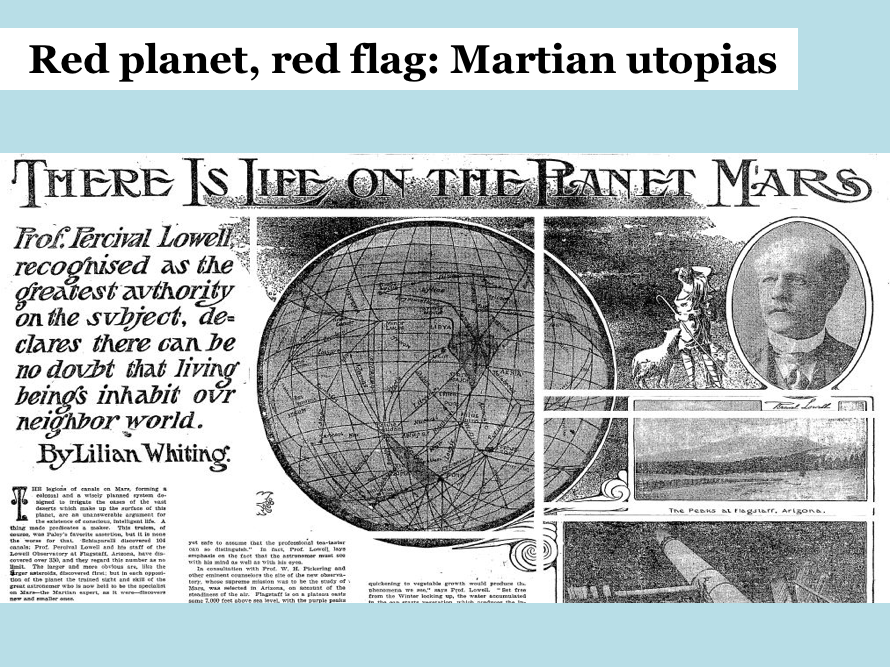
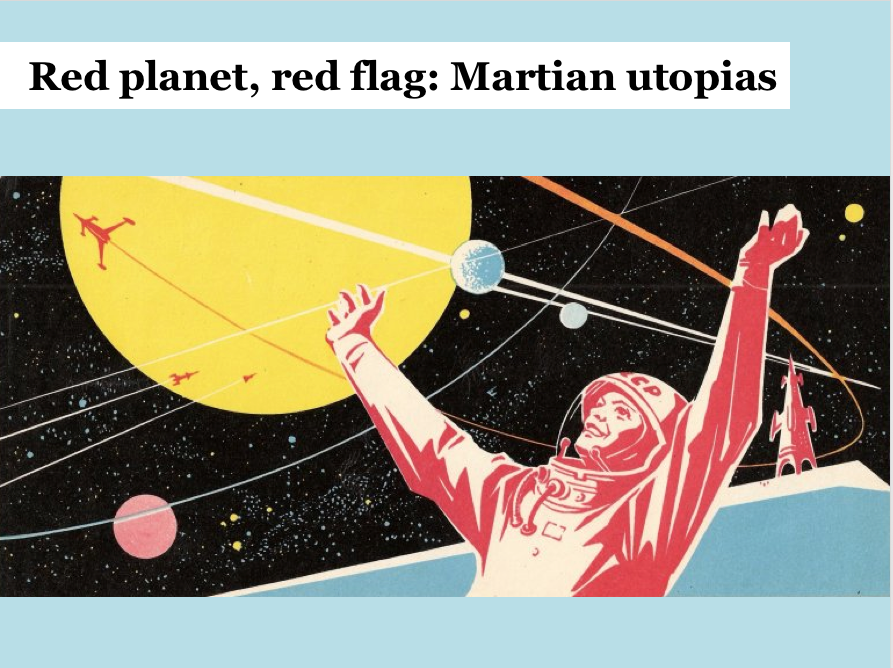
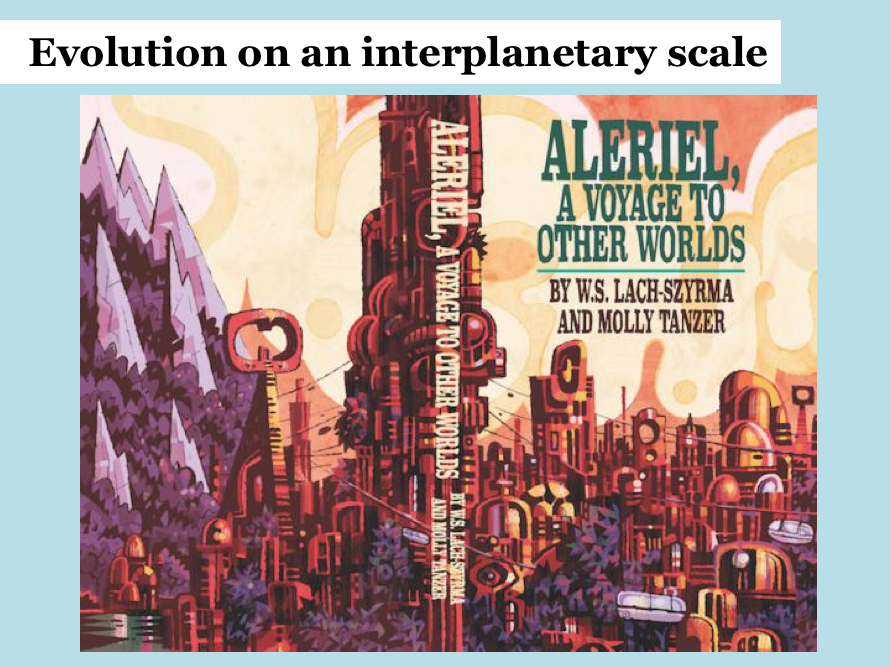
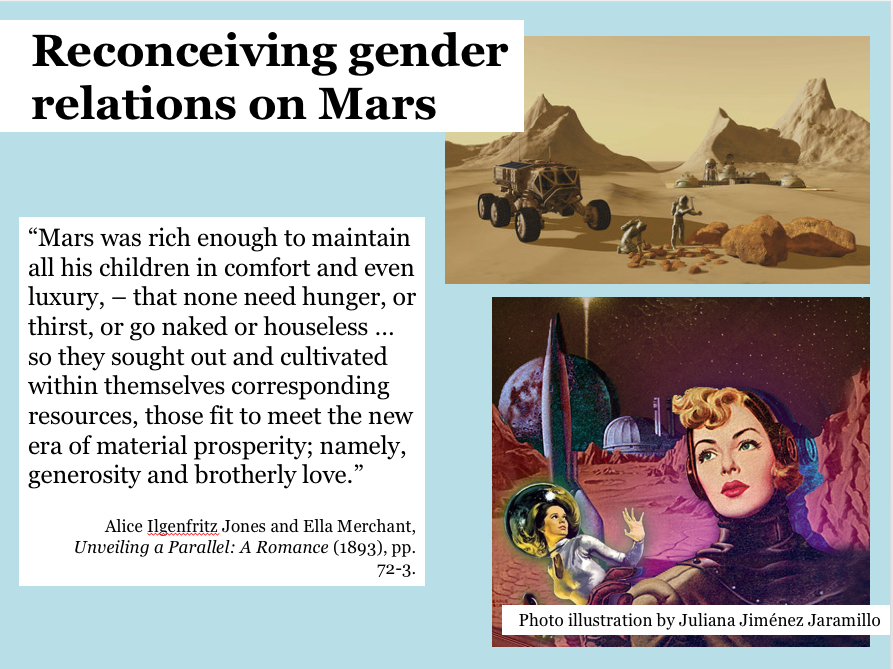
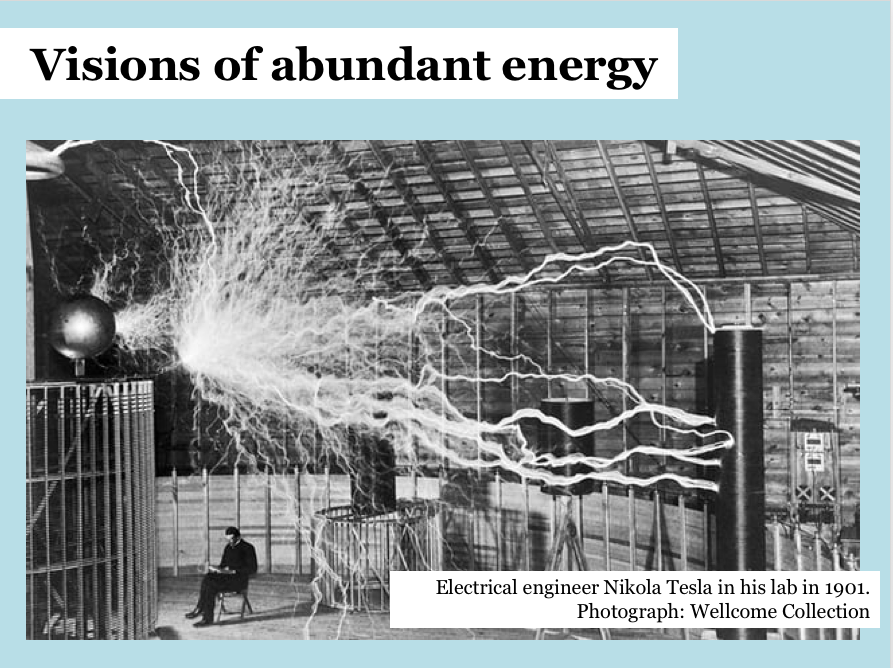
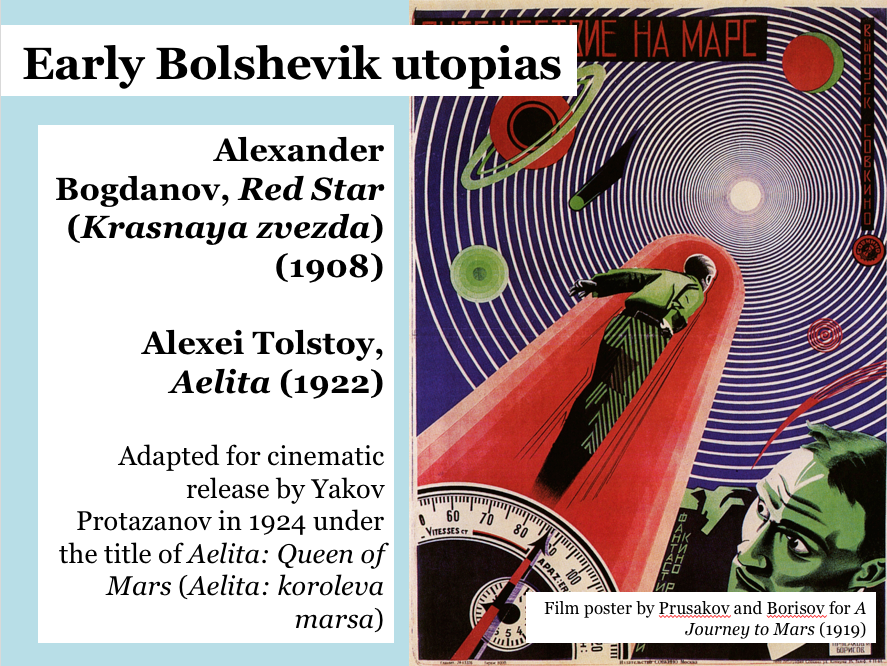
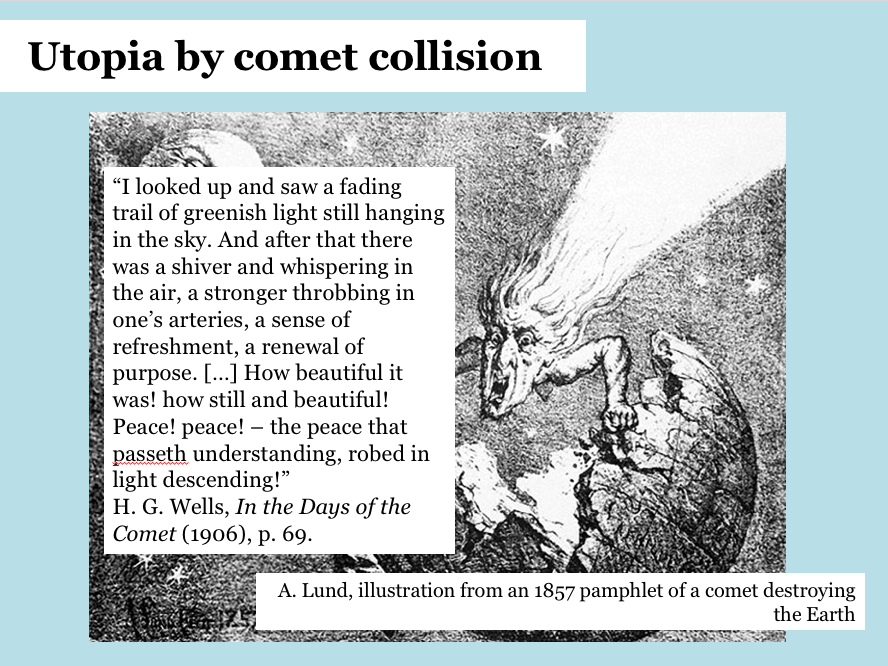
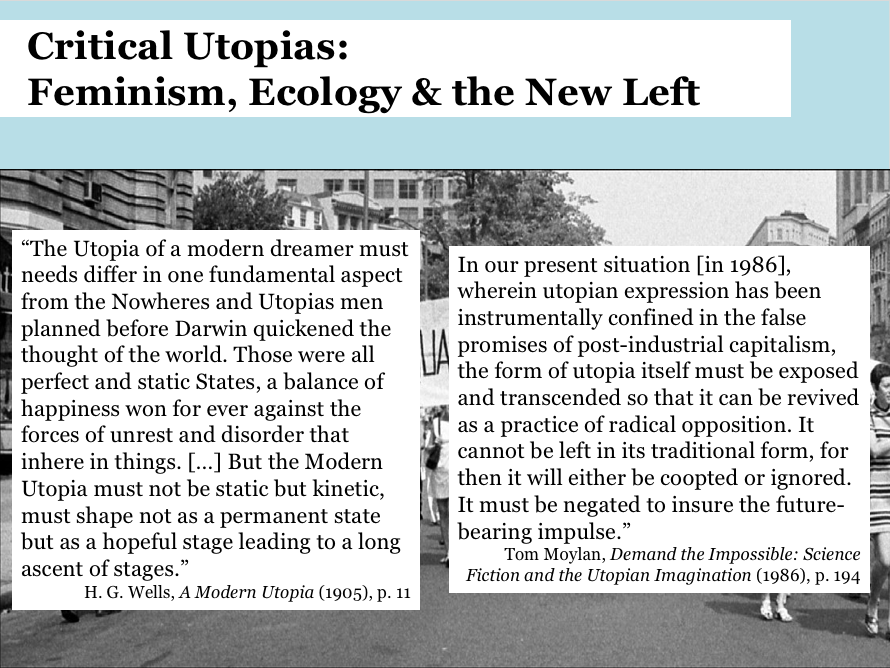
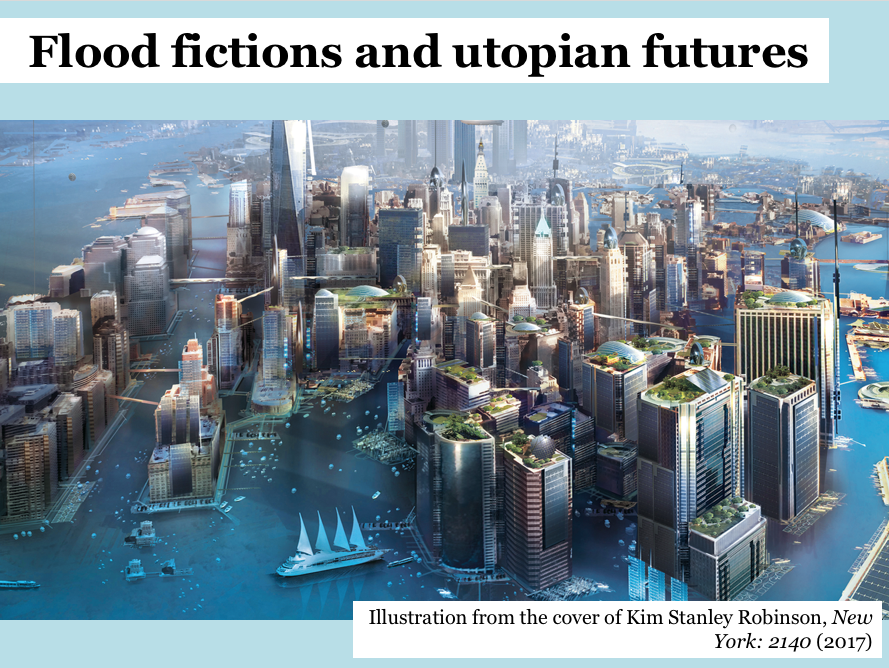
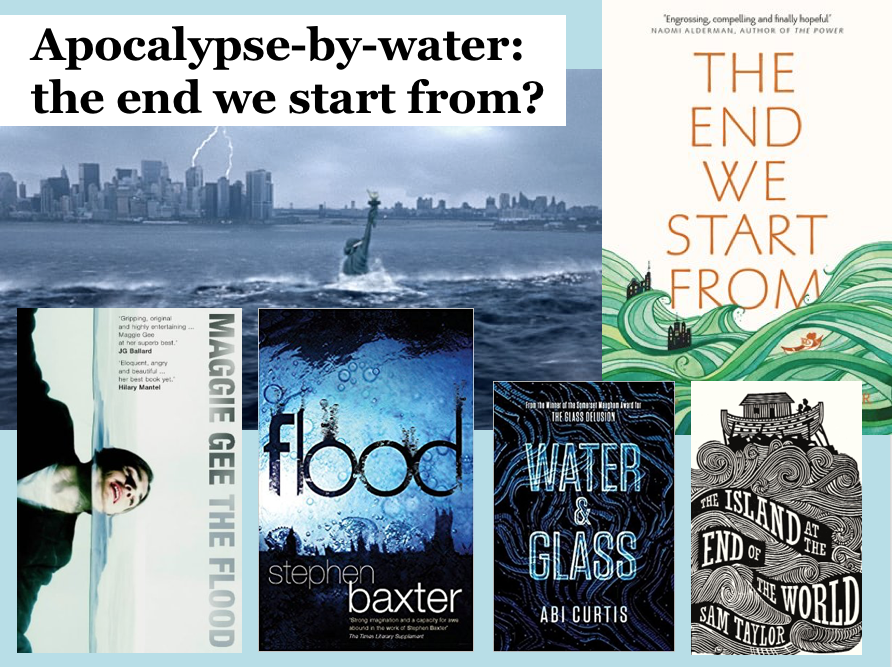
 Dr Caroline Edwards is Senior Lecturer in Modern & Contemporary Literature at Birkbeck, University of London. Her research and teaching specialisms are in 21st century literature and critical theory, science fiction and post-apocalyptic narratives, Marxist aesthetics, and utopianism.
Dr Caroline Edwards is Senior Lecturer in Modern & Contemporary Literature at Birkbeck, University of London. Her research and teaching specialisms are in 21st century literature and critical theory, science fiction and post-apocalyptic narratives, Marxist aesthetics, and utopianism.
Follow / Contact